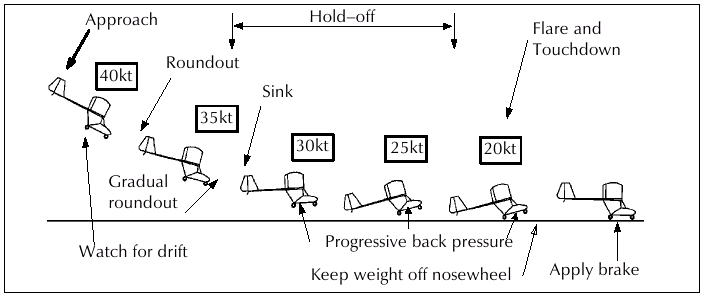MAKG1
Touchdown! Greaser!
- Joined
- Jun 19, 2012
- Messages
- 13,411
- Location
- California central coast
- Display Name
Display name:
MAKG
You know, I hear people say that about the 182 all the time.
But I make almost every touchdown power off, at full flap.
Generally, I pull the power when the runway is "made."
The only time I have this problem is when I'm really too slow. Like under 60 KIAS.
Not sure what the difference is; maybe it's a higher altitude I pull power at. There is definitely an increase in sink rate, but it's well short of what I'd call "dropping out from under me" and it's easily arrested with a bit more back pressure. Not really much, actually, just enough to keep from gaining airspeed.
I haven't touched down with power in quite a long time in a 182. I was initially trained that way, but I got out of it real fast when transitioning to CAP. This is in N, P, Q, R, and T models, both with two and three blades.
But I make almost every touchdown power off, at full flap.
Generally, I pull the power when the runway is "made."
The only time I have this problem is when I'm really too slow. Like under 60 KIAS.
Not sure what the difference is; maybe it's a higher altitude I pull power at. There is definitely an increase in sink rate, but it's well short of what I'd call "dropping out from under me" and it's easily arrested with a bit more back pressure. Not really much, actually, just enough to keep from gaining airspeed.
I haven't touched down with power in quite a long time in a 182. I was initially trained that way, but I got out of it real fast when transitioning to CAP. This is in N, P, Q, R, and T models, both with two and three blades.






 NOT THE DREADED FLAP RETRACTION ON ROLLOUT. THE HORROR.
NOT THE DREADED FLAP RETRACTION ON ROLLOUT. THE HORROR.



